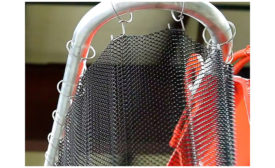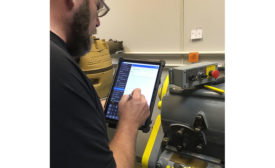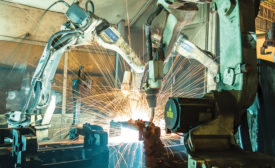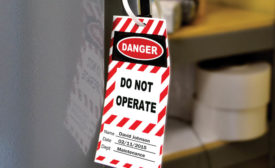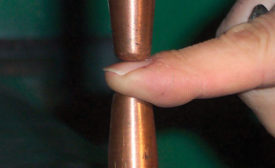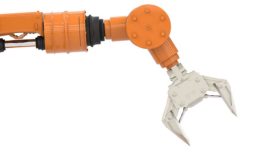Articles by Carrie Halle
Digital Edition Exclusive
Get your hands on the right safety gloves
Safety gloves, correctly sized and engineered with the correct materials, defend workers from virtually any type of hazard
April 1, 2020
Machine risk assessments vs. safeguarding assessments
Securing your workplace
January 1, 2020
Welding robots are on the rise
What’s your strategy? Evaluate risks and select the right safeguarding systems
April 8, 2019
Web Exclusive
Understanding direct and indirect costs of machinery accidents
March 11, 2019
Never miss the latest news and trends driving the safety industry
eNewsletter | Website | eMagazine
JOIN TODAYCopyright ©2024. All Rights Reserved BNP Media.
Design, CMS, Hosting & Web Development :: ePublishing

